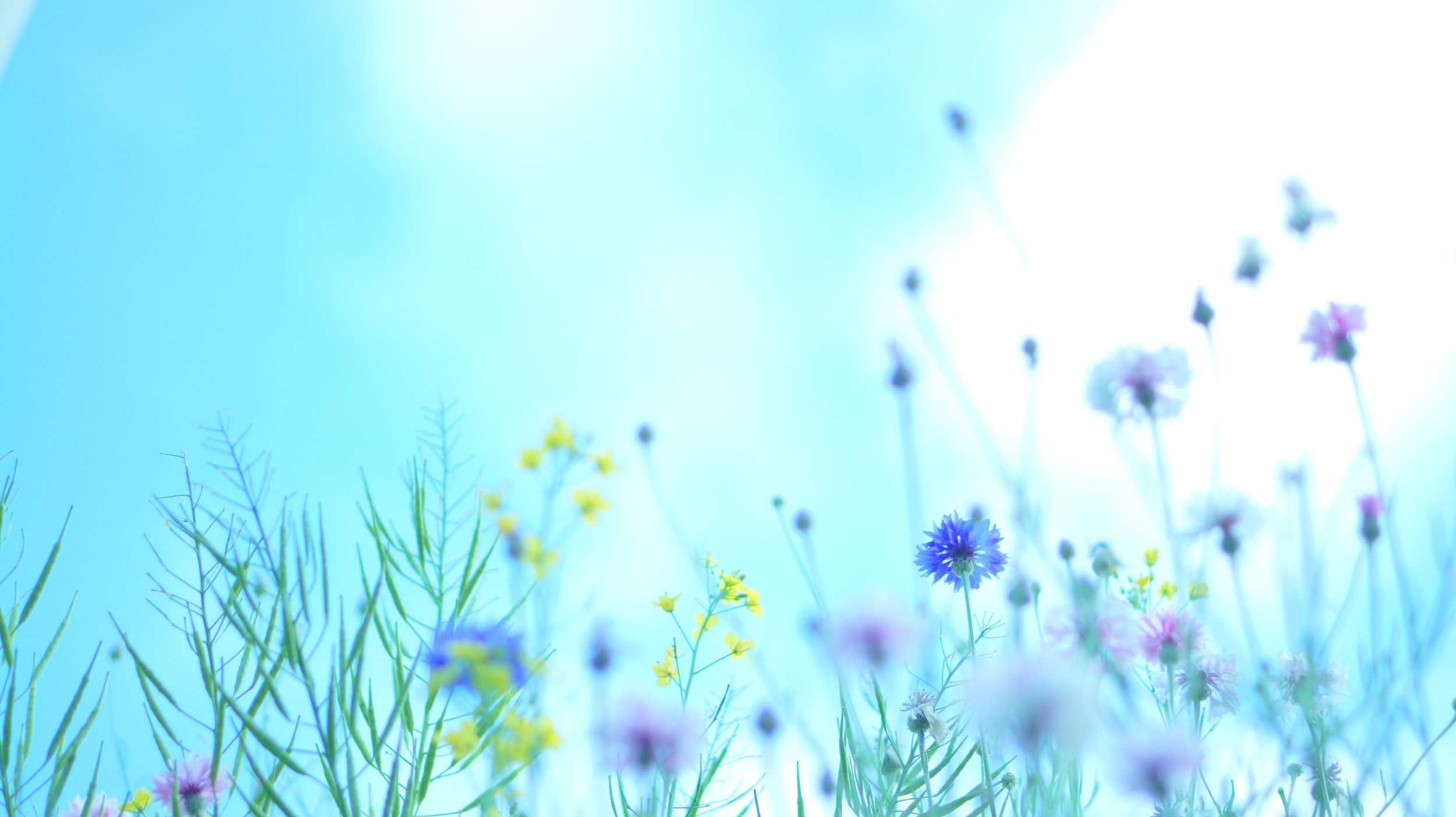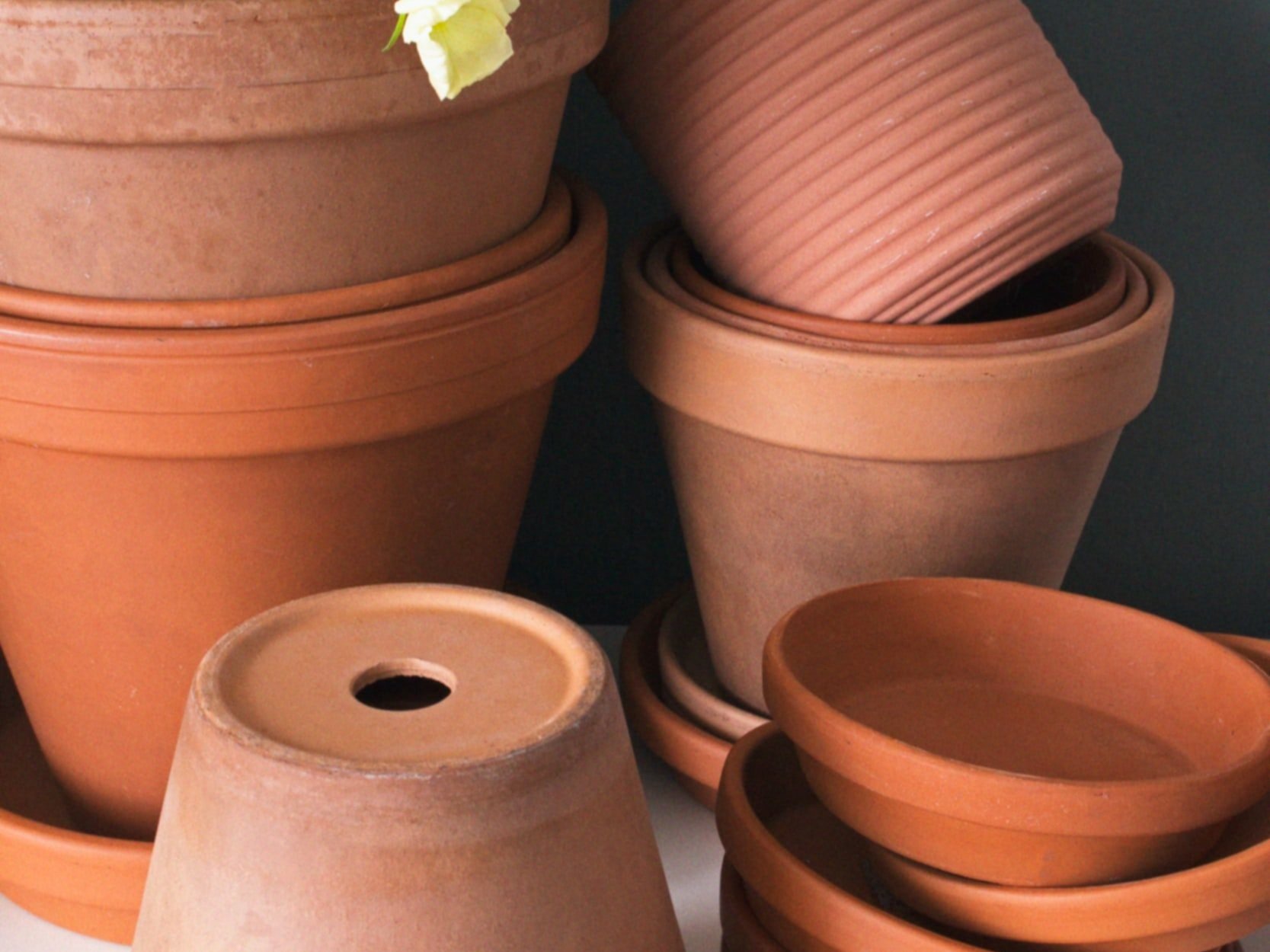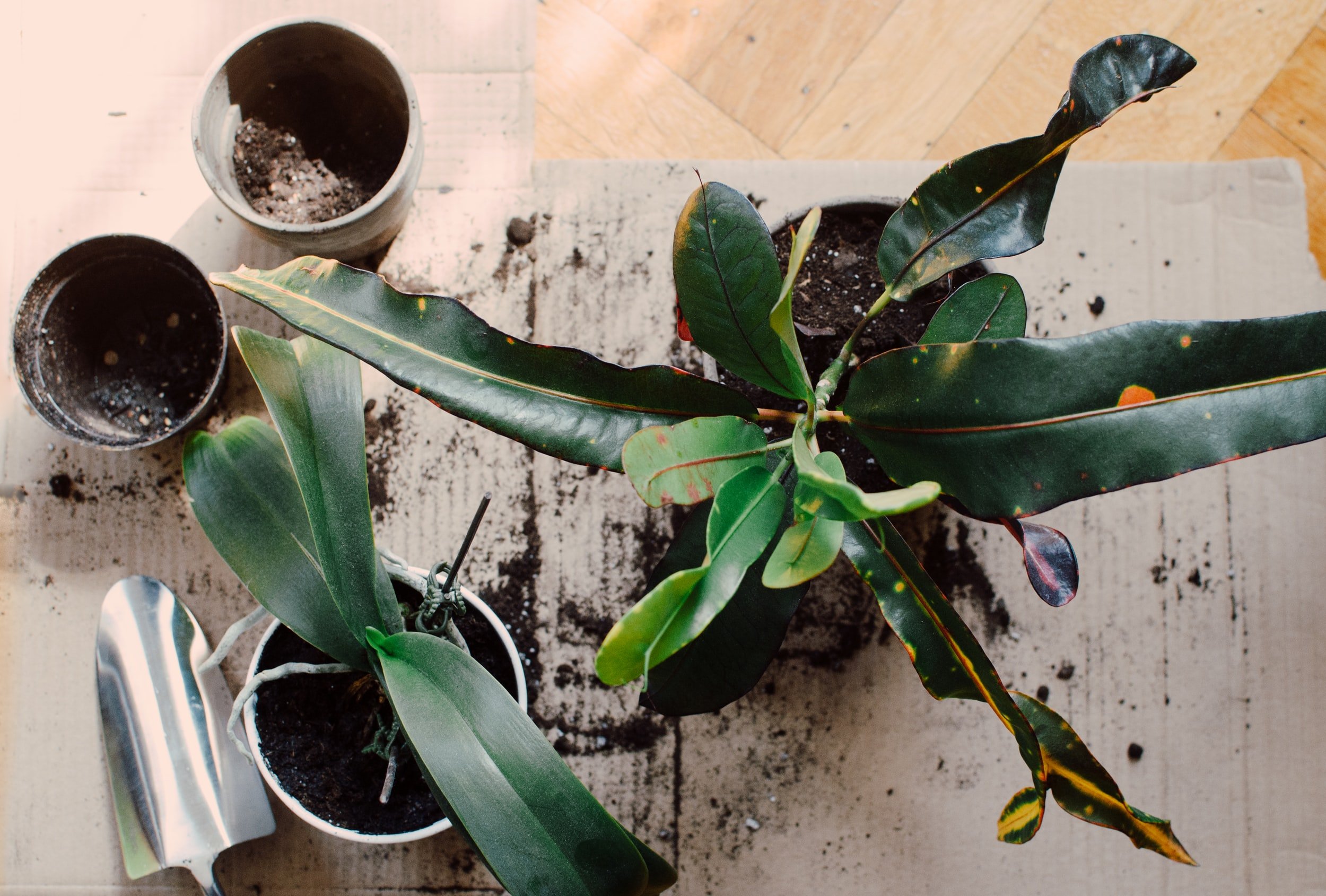
Spring Care
We are soon able to leave the dreadful cold behind us and enjoy the longer and warmer days of Spring. For all eternity Spring has been associated with new beginnings, fresh starts and rejuvenating after the dormant life of winter. The same goes for our houseplants. Being placed in pots, our plants nutritional reserve and water is limited. To provide ultimate care for your plants, it is vital to provide healthy and fresh soil and repot them in slightly larger pots for the new growth ahead. Roots will have more space to grow and after their dormancy, more oxygen and nutrients, both important for their health indoors.
Winter can be quite dramatic for your plants. You may have struggled with yellowing, curling, drying and drooping leaves. Some may even have turned to mush and wilted!! Don’t despair though, this is a natural occurrence. Plants are designed to survive and will store energy, nutrients and healthy cells for new growth. You may have to trim off a few leaves but this will be good in the long run.
Soil
When planning to repot your plant we don’t recommend purchasing the cheapest soil you can find. Instead invest a little or make your own mix designed for the desired plants. Garden soil often contains finely grinded peat and will have a bad structure being too dense, this is the reason it feels more compact once watered. It is ideal to mix your soil with various components as perlite, sand, vermiculite, orchid bark or even leca. These will build a healthy structure and not allow the soil to become compact and dry.
Most indoor plants prefer a well draining soil. Cacti and succulents need this to avoid the roots sitting in too much water and it is recommended you have a higher content of perlite. Perlite is a volcanic rock that helps to speed germination and rooting, it will improve aeration, draining and insulation in potting soil.
Pots
It is vital for your plant that your pot has drainage holes. These will avoid your plant roots sitting in water, which again results in poor oxygen for the roots and inevitably cause roots to rot. The next point to remember is finding the right pot size. Many plant parents want to be “nice” and will end up choosing a much larger pot than needed. This leaves the roots with soil that’s wet for a longer time period and this cuts off healthy air circulation around them. Go up 1-2 sizes larger than the one your plant currently has.
Repotting preparation
The most important thing is to know your plant!! Do they like being rootbound? Or are their roots very fine and prefer smaller pots? More than often you don’t even have to change the pot size. As succulents and cacti, they will benefit from being dryer on the day of repotting, where others prefer you water them a few days before repotting. This helps prevent roots going into shock when transferred to fresh soil.
Make sure all your tools are clean, and if you are using scissors or shears, that these are thoroughly cleaned with rubbing alcohol. This step is vital as you can transfer bacteria to roots or cuttings and cause infection to the whole plant
Try using clean pots - if previously used, wash them well with soapy water and let them dry.
Make sure you have enough space as this will get messy! A large tray is recommended.
Take your plant gently out of the pot, try to remove as much of the old soil as possible and discard this completely from your work space. You can even give the roots a good rinse to remove all old soil.
You can at this stage prune your plant a little, remove excess growth and woody stems, and if your plant is severely root bound, trim some of the roots, they will take no harm from this.
Place a layer of fresh soil mixture in the base of your pot and gently place your plant into the pot and fill it up with more soil. Gently tap your pot to remove any air pockets and pat it down gently but not tightly as this prevents the roots from growing freely and easily. Just enough tamping to keep the plant supported and upright.
You don’t have to fill the pot to the top, leave an inch so water doesn’t run out instead of into the pot.
Leave your plant to rest a few days and adjust to the new soil before you water it again, and not drenching the soil, but little and frequently to settle the plant.



